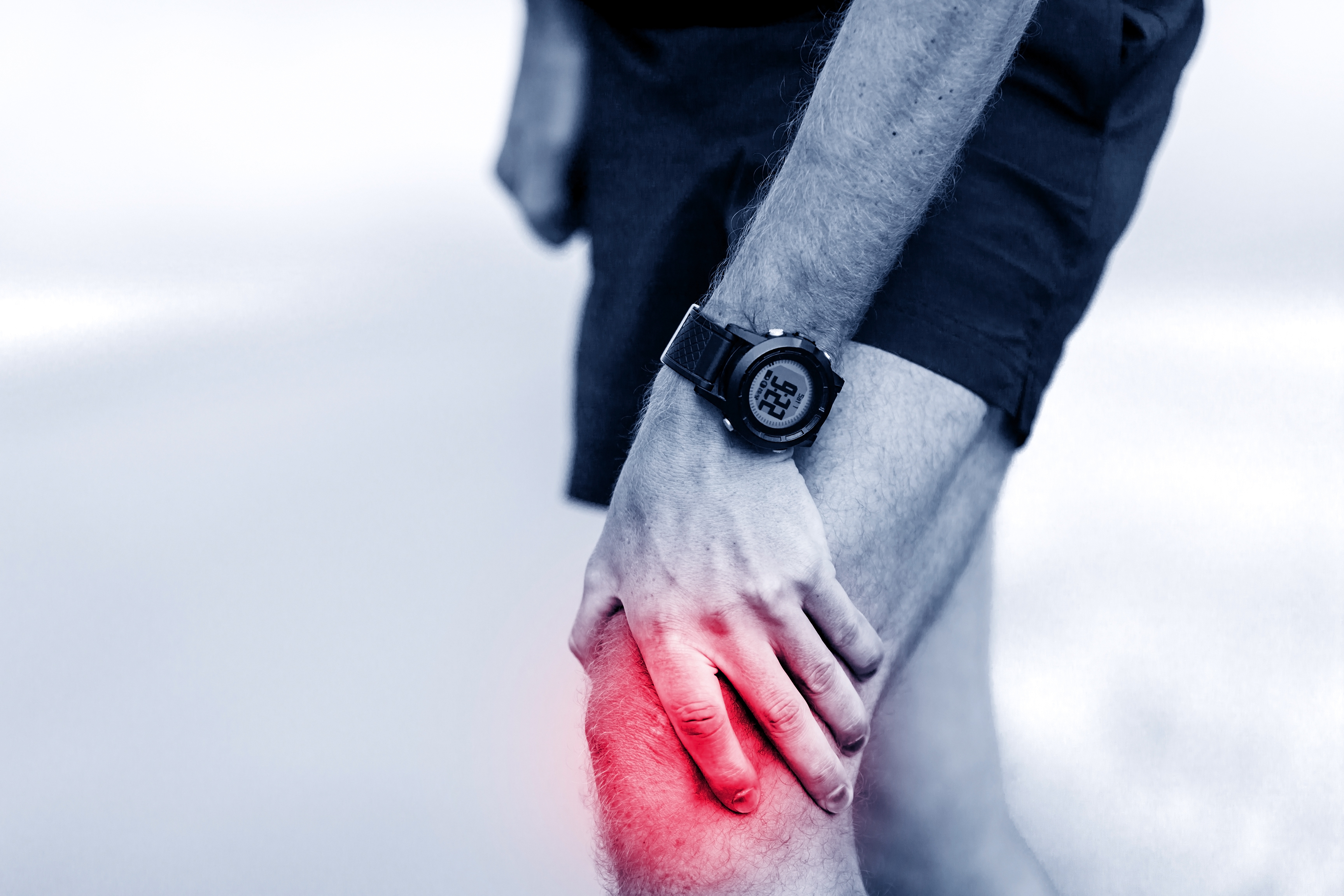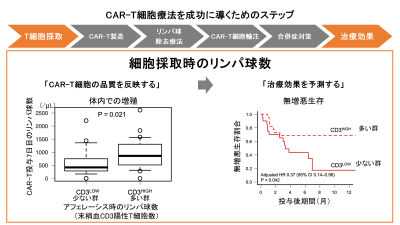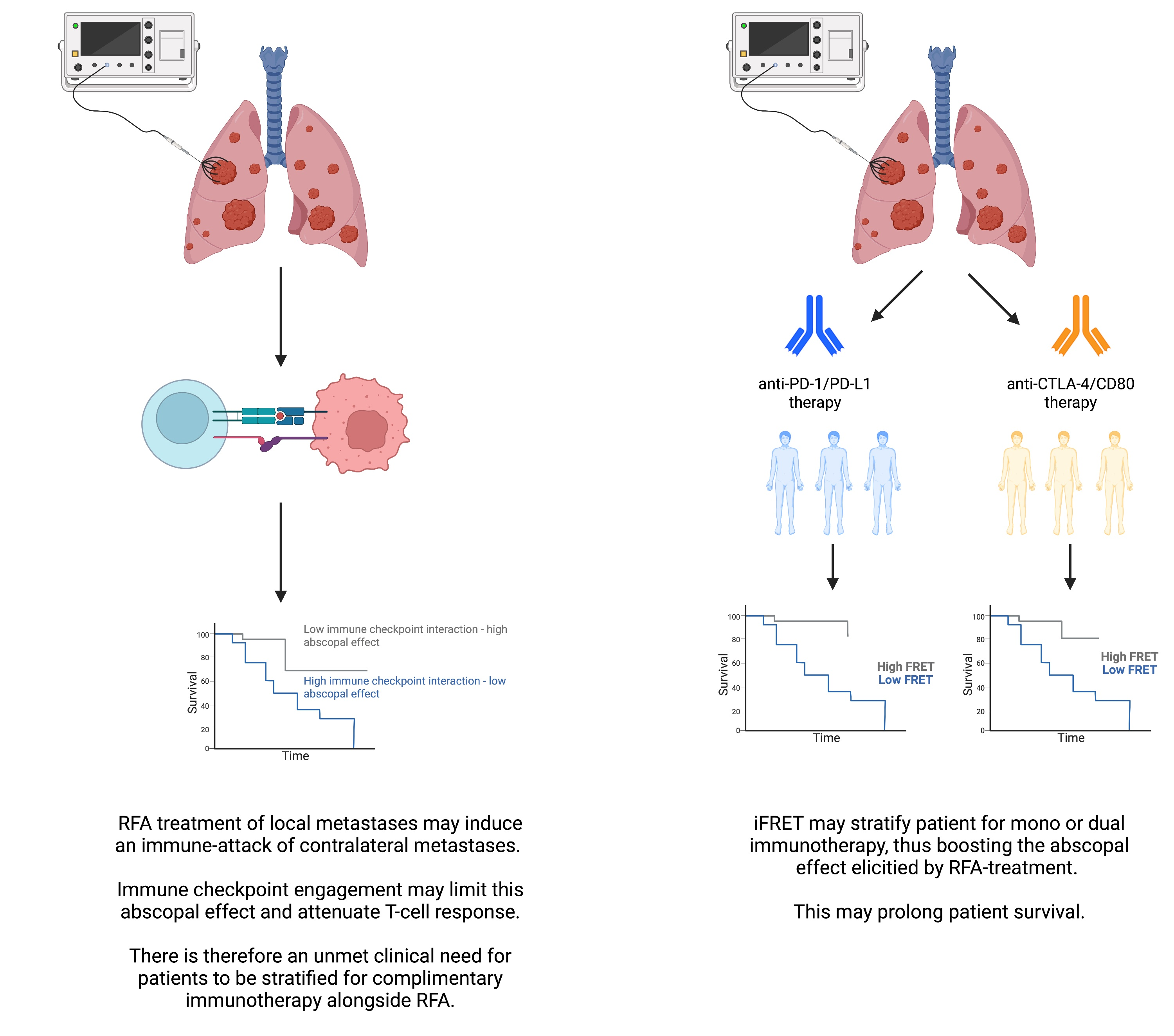- スポーツでエリートレベルの競技をすることは、その後の人生で変形性関節症や関節痛を発症するリスクの上昇につながることが、研究で示唆されました。
Competing at elite level in sport is linked with an increased risk of developing osteoarthritis and joint pain in later life, a study suggests.
- 引退したオリンピック選手の変形性関節症および疼痛の有病率と一般人口との比較:その1-下肢部 Prevalence of and factors associated with osteoarthritis and pain in retired Olympians compared with the general population: part 1 – the lower limb
- 引退したオリンピック選手の一般集団と比較した変形性関節症および疼痛の有病率および関連因子:その2-脊椎と上肢 Prevalence of and factors associated with osteoarthritis and pain in retired Olympians compared with the general population: part 2 – the spine and upper limb
スポーツでエリートレベルの競技をすることは、その後の人生で変形性関節症や関節痛を発症するリスクの上昇につながることが、研究で示唆されました。 Competing at elite level in sport is linked with an increased risk of developing osteoarthritis and joint pain in later life, a study suggests.
2022-11-23 エディンバラ大学

スポーツに関連する怪我を経験したエリート引退スポーツ選手は、一般人と比較して、膝や股関節の変形性関節症になる確率が高いことがわかった。
研究者たちは、45歳前後の引退したオリンピック選手3,357人を対象に、ケガや骨、関節、筋肉、背骨の健康状態について質問した。また、現在関節の痛みを感じているかどうか、変形性関節症の診断を受けているかどうかも尋ねた。
比較のため、一般人口から41歳前後の1,735名が同じ調査に参加した。
研究チームは、怪我、怪我の再発、年齢、性別、肥満など、痛みや変形性関節症のリスクに影響を与える可能性のある要因を検討した。
その結果、オリンピック選手が最も怪我をしやすい部位は、膝、腰椎、肩であることがわかった。また、これらの部位は変形性関節症や痛みが最も多い部位の一つであった。
<関連情報>
- https://www.ed.ac.uk/news/2022/elite-sport-linked-with-osteoarthritis-risk
- https://bjsm.bmj.com/content/56/19/1123
- https://bjsm.bmj.com/content/56/19/1132
引退したオリンピック選手の変形性関節症および疼痛の有病率と一般人口との比較:その1-下肢部 Prevalence of and factors associated with osteoarthritis and pain in retired Olympians compared with the general population: part 1 – the lower limb
Debbie Palmer,Dale Cooper,Jackie L Whittaker,Carolyn Emery,Mark E Batt7,,Lars Engebretsen,Patrick Schamasch,Malav Shroff,Torbjørn Soligard,Kathrin Steffen,Richard Budgett
British Journal of Sports Medicine Published August 5, 2022.
Abstract
Objectives This study aims (1) to determine the prevalence of lower limb osteoarthritis (OA) and pain in retired Olympians; (2) to identify factors associated with their occurrence and (3) to compare with a sample of the general population.
Methods 3357 retired Olympians (median 44.7 years) and 1735 general population controls (40.5 years) completed a cross-sectional survey. The survey captured demographics, general health, self-reported physician-diagnosed OA, current joint/region pain and injury history (lasting >1 month). Adjusted OR (aOR) compared retired Olympians with the general population.
Results The prevalence of (any joint) OA in retired Olympians was 23.2% with the knee most affected (7.4%). Injury was associated with increased odds (aOR, 95% CI) of OA and pain in retired Olympians at the knee (OA=9.40, 6.90 to 12.79; pain=7.32, 5.77 to 9.28), hip (OA=14.30, 8.25 to 24.79; pain=9.76, 6.39 to 14.93) and ankle (OA=9.90, 5.05 to 19.41; pain=5.99, 3.84 to 9.34). Increasing age and obesity were also associated with knee OA and pain. While the odds of OA did not differ between Olympians and the general population, Olympians with prior knee and prior hip injury were more likely than controls with prior injury to experience knee (1.51, 1.03 to 2.21 (Olympians 22.0% vs controls 14.5%)) and hip OA (4.03, 1.10 to 14.85 (Olympians 19.1% vs Controls 11.5%)), respectively.
Conclusions One in four retired Olympians reported physician-diagnosed OA, with injury associated with knee, hip and ankle OA and pain. Although overall OA odds did not differ, after adjustment for recognised risk factors Olympians were more likely to have knee and hip OA after injury than the general population, suggesting injury is an occupational risk factor for retired Olympians.
引退したオリンピック選手の一般集団と比較した変形性関節症および疼痛の有病率および関連因子:その2-脊椎と上肢 Prevalence of and factors associated with osteoarthritis and pain in retired Olympians compared with the general population: part 2 – the spine and upper limb
Debbie Palmer,Dale Cooper,Jackie L Whittaker,Carolyn Emery,Mark E Batt,Lars Engebretsen,Patrick Schamasch,Malav Shroff,Torbjørn Soligard,Kathrin Steffen,Richard Budgett
British Journal of Sports Medicine Published August 12, 2022.
Abstract
Objectives (1) To determine the prevalence of spine and upper limb osteoarthritis (OA) and pain in retired Olympians; (2) identify risk factors associated with their occurrence and (3) compare with a sample of the general population.
Methods 3357 retired Olympians (44.7 years) and 1735 general population controls (40.5 years) completed a cross-sectional survey. The survey captured demographics, general health, self-reported physician-diagnosed OA, current joint/region pain and significant injury (lasting ≥1 month). Adjusted ORs (aORs) compared retired Olympians and the general population.
Results Overall, 40% of retired Olympians reported experiencing current joint pain. The prevalence of lumbar spine pain was 19.3% and shoulder pain 7.4%, with lumbar spine and shoulder OA 5.7% and 2.4%, respectively. Injury was associated with increased odds (aOR, 95% CI) of OA and pain at the lumbar spine (OA=5.59, 4.01 to 7.78; pain=4.90, 3.97 to 6.05), cervical spine (OA=17.83, 1.02 to 31.14; pain=9.41, 6.32 to 14.01) and shoulder (OA=4.91, 3.03 to 7.96; pain=6.04, 4.55 to 8.03) in retired Olympians. While the odds of OA did not differ between Olympians and the general population, the odds of lumbar spine pain (1.44, 1.20 to 1.73), the odds of shoulder OA after prior shoulder injury (2.64, 1.01 to 6.90) and the odds of cervical spine OA in female Olympians (2.02, 1.06 to 3.87) were all higher for Olympians compared with controls.
Conclusions One in five retired Olympians reported experiencing current lumbar spine pain. Injury was associated with lumbar spine, cervical spine and shoulder OA and pain for Olympians. Although overall OA odds did not differ, after adjustment for recognised risk factors, Olympians were more likely to have lumbar spine pain and shoulder OA after shoulder injury, than the general population.



